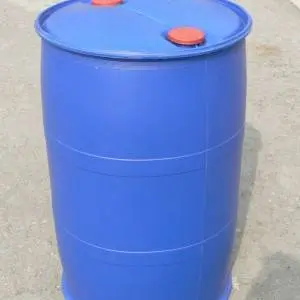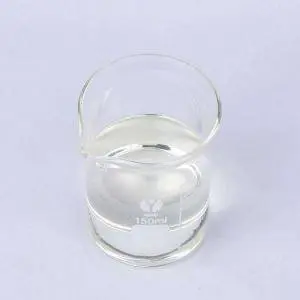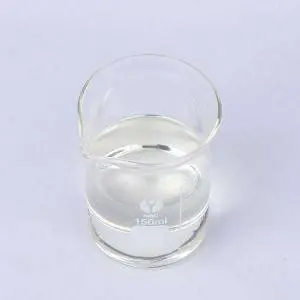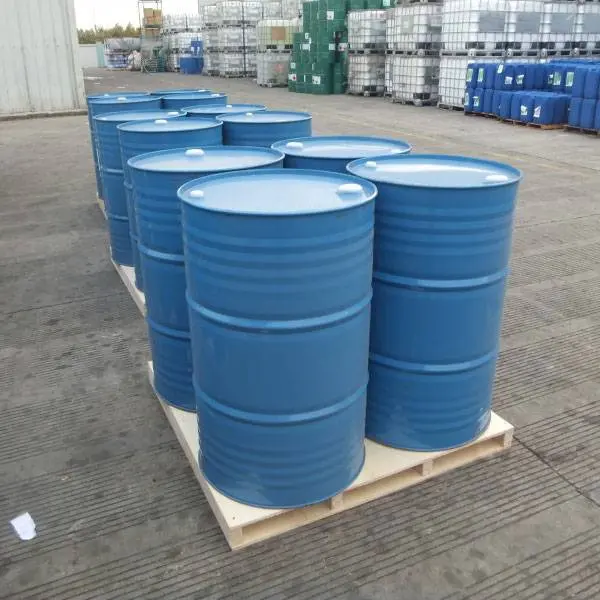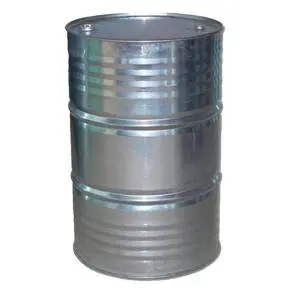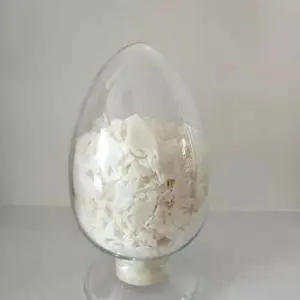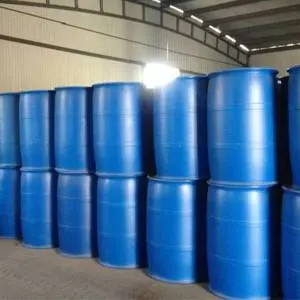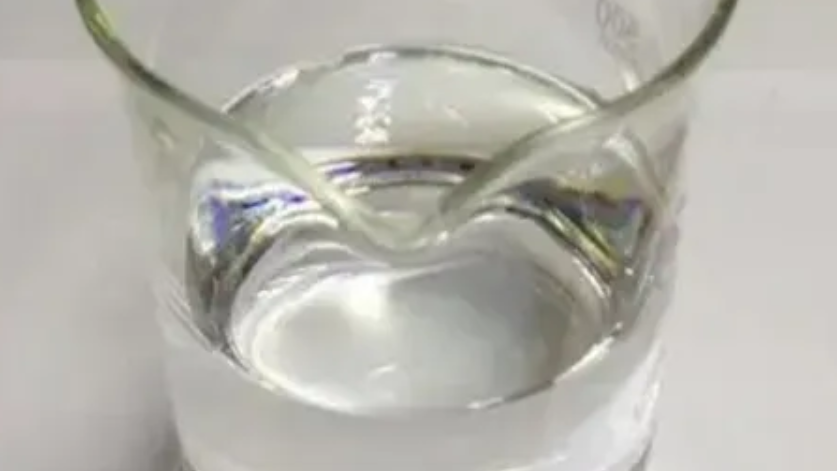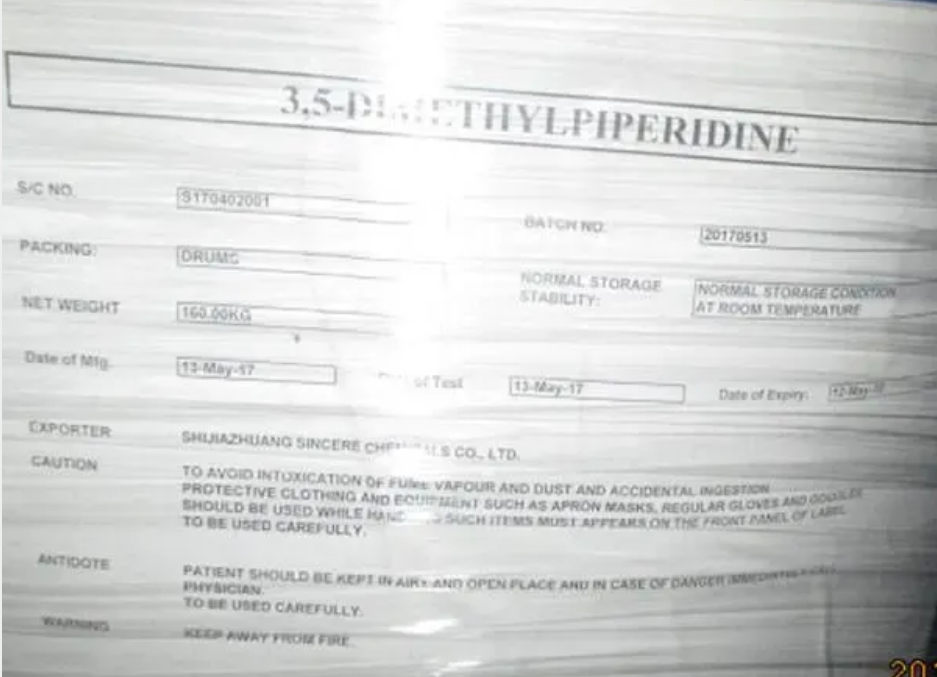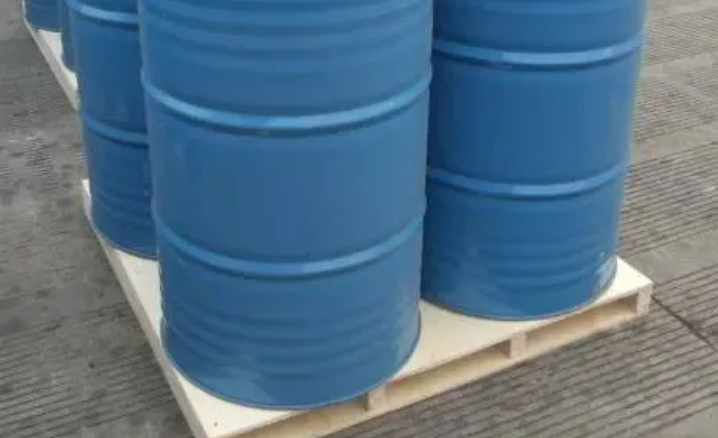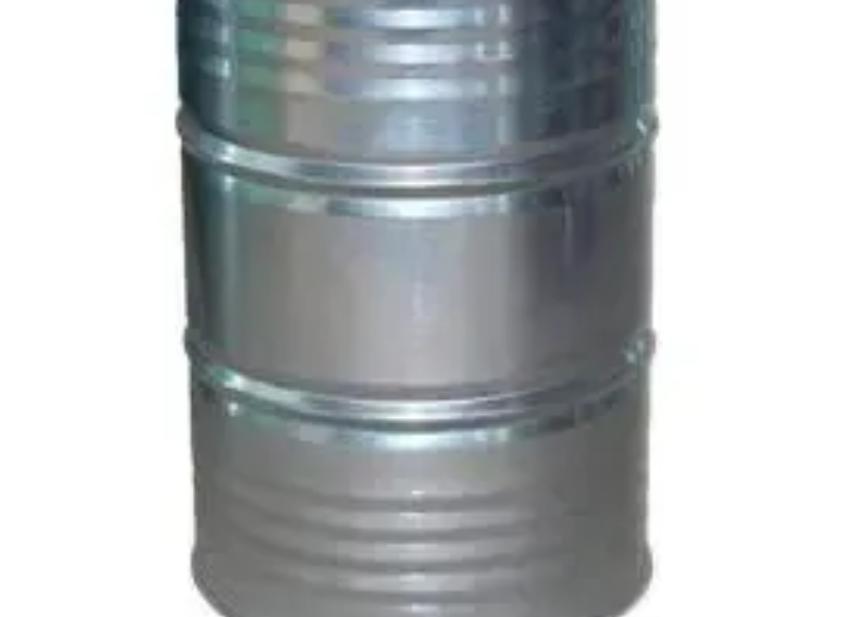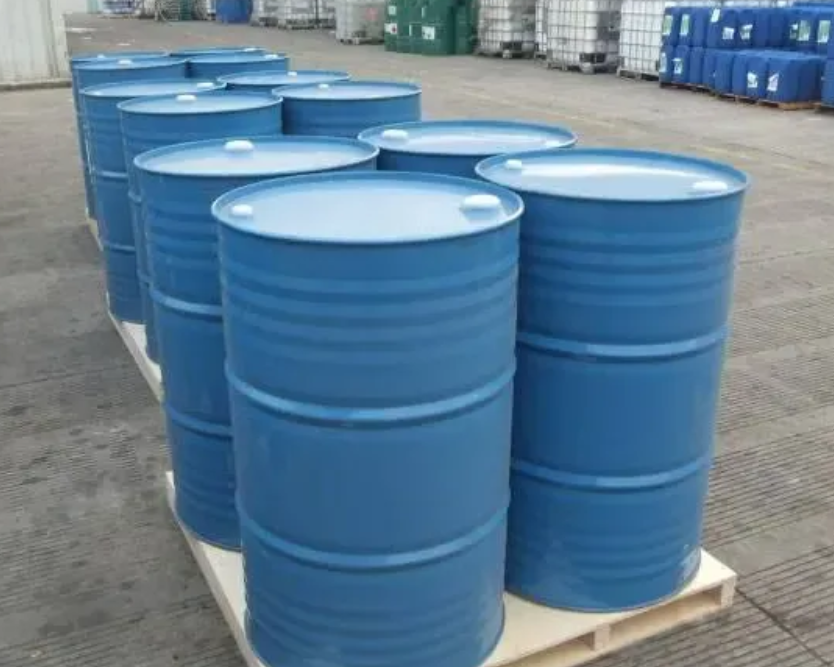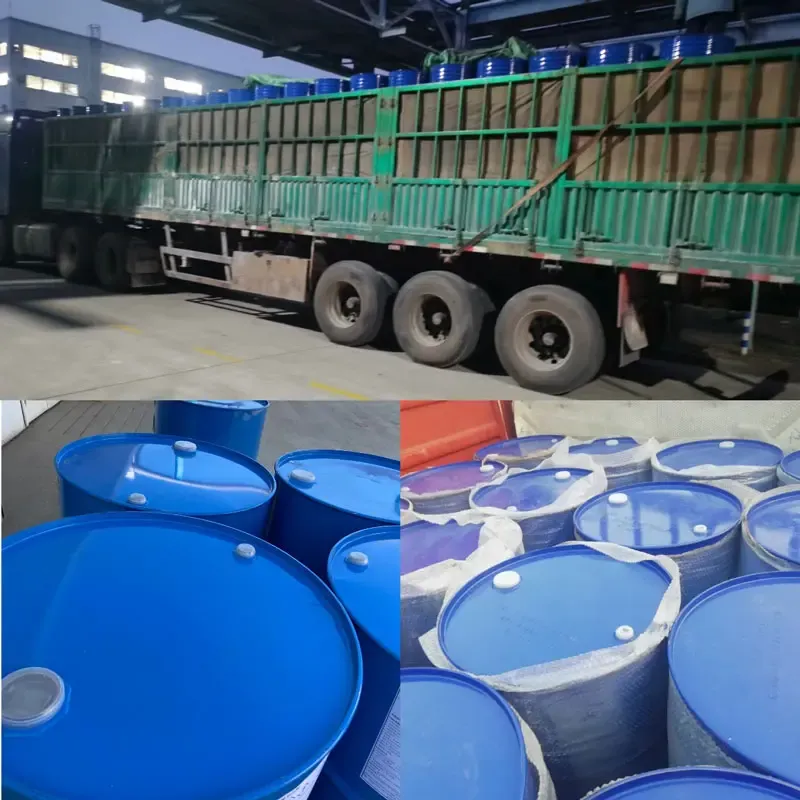Phenyl Dichlorophosphate Manufacturer | High Purity & Quality
Introduction to Phenyl Dichlorophosphate
In the intricate landscape of advanced chemical manufacturing, Fenil diclorofosfato stands out as a critical intermediate with expansive utility across numerous industrial applications. This organophosphorus compound, characterized by its distinctive chemical structure, serves as a cornerstone in the synthesis of a diverse array of downstream products, including flame retardants, plasticizers, and active pharmaceutical ingredients. Its unique reactivity and stability profile make it indispensable for processes demanding precision and high performance. This article delves into the multifaceted aspects of Phenyl Dichlorophosphate, exploring its market dynamics, technical specifications, manufacturing intricacies, and strategic applications, providing a comprehensive resource for B2B stakeholders and technical professionals seeking in-depth understanding.
Industry Trends and Market Dynamics
The global market for organophosphorus compounds, including Fenil diclorofosfato, is experiencing robust growth, driven by escalating demand from sectors such as plastics, electronics, textiles, and pharmaceuticals. The increasing regulatory emphasis on fire safety standards in construction and automotive industries fuels the demand for effective flame retardants, where this compound serves as a key precursor. Similarly, the continuous evolution of polymer science necessitates advanced plasticizers that impart enhanced flexibility, durability, and processing characteristics, further bolstering its market relevance.
Key trends shaping the market include a shift towards sustainable synthesis routes, an emphasis on high-purity grades for sensitive applications, and the development of customized solutions tailored to specific industrial requirements. Geographically, Asia-Pacific dominates the market due to rapid industrialization, particularly in China and India, while North America and Europe maintain significant demand driven by stringent safety regulations and technological advancements. The compound's versatility ensures its continued relevance in an evolving chemical landscape.

Technical Specifications and Chemical Profile
Fenil diclorofosfato (CAS No. 770-12-7) is a clear to slightly yellowish liquid with a pungent odor. Its chemical formula is C6H5Cl2OP, and its molecular weight is approximately 210.97 g/mol. Understanding its precise technical specifications is paramount for its effective and safe utilization in industrial synthesis.
Key Product Parameters for Phenyl Dichlorophosphate
| Parameter | Specificazione | Test Method |
|---|---|---|
| Purity (GC) | ≥ 99.0% | GC-FID |
| Aspetto | Clear to pale yellow liquid | Visual |
| Density (20°C) | 1.300 - 1.320 g/cm³ | ASTM D4052 |
| Refractive Index (nD20) | 1.530 - 1.540 | ASTM D1218 |
| Boiling Point | 241-243 °C | Literature Value |
| Freezing Point | Approx. -2 °C | Literature Value |
| Acidity (as HCl) | ≤ 0.05% | Titration |
These parameters are critical for ensuring the consistent quality and performance of Fenil diclorofosfato in various industrial applications. Strict adherence to these specifications during production and quality control ensures that the product meets the rigorous demands of downstream synthetic processes.
Manufacturing Process Flow
The production of Fenil diclorofosfato involves a precisely controlled chemical synthesis pathway, ensuring high purity and consistent yield. The primary raw materials typically include Phenol and Phosphorus Oxychloride (POCl3), reacted under specific conditions.
Detailed Process Steps:
- Raw Material Preparation: High-grade Phenol and Phosphorus Oxychloride are precisely measured and pre-treated to ensure optimal reactivity and minimize impurities. Quality control checks are performed on incoming raw materials against internal standards and industry benchmarks such as ASTM E302.
- Reaction (Phosphorylation): Phenol is slowly added to Phosphorus Oxychloride in a reaction vessel equipped with agitation and temperature control. The reaction is typically carried out under an inert atmosphere (e.g., nitrogen) to prevent oxidation and ensure selectivity. A catalyst may be employed to facilitate the reaction, which proceeds via electrophilic aromatic substitution, yielding Phenyl Dichlorophosphate along with hydrogen chloride (HCl) gas as a byproduct. Strict temperature management is critical to control reaction kinetics and minimize side reactions.
- Byproduct Removal: The generated HCl gas is continuously removed from the reaction mixture, often by sparging with an inert gas or using a vacuum system, and then neutralized or scrubbed. Efficient removal of HCl drives the reaction to completion and prevents unwanted secondary reactions or equipment corrosion.
- Purification (Distillation/Filtration): The crude product mixture undergoes a multi-stage purification process. This typically involves vacuum distillation to separate the desired Fenil diclorofosfato from unreacted raw materials, catalysts, and any high-boiling byproducts. Advanced filtration techniques are often employed to remove particulate impurities, ensuring the final product meets stringent purity specifications.
- Quality Control and Testing: Throughout the process, and especially after purification, rigorous quality control tests are performed. These include Gas Chromatography (GC) for purity and impurity profiling, Karl Fischer titration for moisture content, and acidity measurements. Products are tested against international standards like ISO 9001 and internal specifications, ensuring every batch of Fenil diclorofosfato maintains consistent quality.
- Confezione: The finished product is packaged into appropriate container111s (e.g., drums, isotanks) under inert conditions, ensuring stability and preventing contamination during storage and transport. Packaging materials are selected for their chemical resistance and integrity, adhering to UN transportation regulations.
This meticulous process, often implemented in advanced chemical manufacturing facilities, ensures the production of high-grade Fenil diclorofosfato suitable for demanding industrial applications. The typical service life of such chemical intermediates is largely tied to their shelf stability, which for Phenyl Dichlorophosphate is generally 12-24 months when stored under optimal, dry, and cool conditions in sealed container111s.
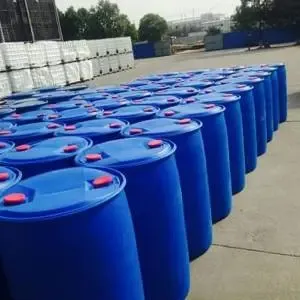
Application Scenarios and Target Industries
La versatilità di Fenil diclorofosfato makes it an invaluable intermediate across a broad spectrum of industries, providing superior performance in various end products.
Key Applications:
- Flame Retardants: One of the most significant applications is in the synthesis of organophosphorus flame retardants. These compounds are widely used in plastics (e.g., PVC, polyurethanes, epoxies), textiles, coatings, and electronics to enhance fire safety, meeting stringent regulations in industries like construction, automotive, and consumer goods. The phosphorus content contributes to char formation and radical scavenging during combustion, effectively inhibiting flame spread.
- Plasticizers: It serves as an intermediate for producing phosphate-based plasticizers, which impart flexibility, durability, and processing ease to polymers. These plasticizers are critical in PVC formulations for cables, flooring, and synthetic leather, offering improved low-temperature performance and reduced volatility compared to traditional phthalate-based options.
- Chemical Synthesis: As a highly reactive phosphorylating agent, it is crucial in the synthesis of various specialty chemicals, including other organophosphorus compounds, pesticides, and certain pharmaceutical intermediates. Its ability to selectively introduce a phosphoryl group is exploited in complex organic synthesis routes.
- Catalysts: In some instances, derivatives of Fenil diclorofosfato are utilized as catalysts or catalyst ligands in specific organic reactions, particularly in polymerization processes where precise control over molecular architecture is required.
Target Industries:
- Polymer & Plastics Industry: For flame retardants and plasticizers in PVC, PU, PC, and epoxy resins.
- Electronics Industry: In flame-retardant enclosures, circuit boards, and cable insulation.
- Textile Industry: For durable flame-retardant finishes on fabrics.
- Automotive Industry: For interior components requiring enhanced fire safety and flexible materials.
- Pharmaceutical & Agrochemicals: As a key intermediate in complex synthetic pathways.
Technical Advantages and Performance Benefits
The adoption of high-quality Fenil diclorofosfato brings several technical advantages and performance benefits to various industrial processes and end products.
- Enhanced Reactivity and Selectivity: Its unique chemical structure allows for highly selective reactions, enabling the synthesis of specific target compounds with high yields and minimal byproducts. This efficiency translates into energy savings and reduced waste in manufacturing processes.
- Superior Fire Retardancy: As a precursor to various organophosphorus flame retardants, it contributes to excellent fire safety properties, including reduced heat release rate, decreased smoke production, and enhanced char formation, surpassing the performance of many halogenated alternatives.
- Improved Polymer Properties: When integrated into plasticizers, it confers superior low-temperature flexibility, improved UV stability, and enhanced resistance to migration, extending the service life and performance of plastic products.
- Corrosion Resistance Benefits: Mentre Fenil diclorofosfato itself is corrosive due to its reactive nature, the final compounds derived from it, particularly in coatings and specific polymer matrices, can enhance the material's resistance to chemical degradation and environmental factors, thereby contributing to corrosion protection in the end application. This indirect benefit extends the lifespan of components in petrochemical, metallurgy, and water supply & drainage systems where these modified materials are used.
- Cost-Effectiveness in Synthesis: Its efficient conversion rates and high purity minimize purification steps in downstream processes, leading to overall operational cost savings and increased throughput for manufacturers.

Vendor Comparison and Supplier Considerations
Selecting the right supplier for Fenil diclorofosfato is crucial for ensuring consistent product quality, supply chain reliability, and technical support. Buyers should evaluate vendors based on several key criteria.
Key Vendor Comparison Factors:
| Feature | Vendor A (Premium) | Vendor B (Standard) | Vendor C (Budget) |
|---|---|---|---|
| Purity (%) | ≥ 99.5% | ≥ 99.0% | ≥ 98.0% |
| Moisture Content (ppm) | < 50 | < 100 | < 200 |
| Certifications | ISO 9001, REACH, Kosher | ISO 9001 | None stated |
| Lead Time (Avg.) | 7-10 days | 10-14 days | 14-21 days |
| Technical Support | Dedicated Eng., R&D Access | Standard Helpdesk | Email Only |
| Packaging Options | Drums, IBCs, Isotanks, Custom | Drums, IBCs | Drums |
Choosing a supplier with robust quality control, comprehensive certifications, and responsive technical support ensures not only the reliability of the supply chain but also access to expertise for optimizing application processes. Companies with a long history of service and reputable client partnerships often provide greater assurance of product consistency and trustworthiness.
Customized Solutions
Recognizing that standard product specifications may not always align with highly specialized industrial requirements, leading manufacturers of Fenil diclorofosfato offer customized solutions. This flexibility allows clients to optimize their processes and product performance.
Customization Options Include:
- Tailored Purity Levels: For highly sensitive applications (e.g., pharmaceuticals, high-performance electronics), ultra-high purity grades with impurity profiles below standard detection limits can be provided.
- Specific Moisture Content: Industries requiring extremely low moisture content to prevent hydrolysis or side reactions can specify exact ppm levels.
- Packaging and Logistics: Custom packaging sizes, types (e.g., specialized inert container111s), and delivery schedules can be arranged to integrate seamlessly with client's manufacturing and inventory management systems.
- Blended Formulations: Mentre Fenil diclorofosfato is an intermediate, some suppliers may offer pre-blended solutions or derivatives based on the compound to simplify client processes, under strict confidentiality agreements.
- Technical Support and R&D Collaboration: Expert teams can work closely with clients to troubleshoot integration challenges, optimize reaction parameters, or co-develop new applications based on their specific needs.
This bespoke approach ensures that clients receive a product perfectly suited for their unique technical challenges, maximizing efficiency and minimizing waste.
Application Case Studies
These hypothetical case studies illustrate the tangible benefits of utilizing high-quality Fenil diclorofosfato in real-world industrial applications.
Case Study 1: Enhanced Fire Safety in Automotive Interiors
A leading automotive supplier faced challenges meeting new EU fire safety standards for vehicle interior components, specifically seating foam and textile linings. Traditional halogenated flame retardants were being phased out due to environmental and health concerns. By transitioning to a flame retardant derived from high-purity Fenil diclorofosfato, the supplier was able to develop a new polymeric blend that not only met but exceeded the demanding UL 94 V-0 rating for thin sections and FMVSS 302 requirements. This new formulation significantly reduced smoke density and toxicity, offering superior occupant safety without compromising material flexibility or aesthetic appeal. The use of this advanced flame retardant allowed the client to secure new contracts for premium vehicle models.
Case Study 2: Optimization of Pharmaceutical Intermediate Synthesis
A pharmaceutical company specializing in oncology drugs required a highly specific phosphorylating agent for a critical synthesis step in a new active pharmaceutical ingredient (API). The previous agent suffered from low selectivity and generated undesirable byproducts, necessitating extensive and costly purification. By collaborating with a specialized chemical manufacturer, they implemented ultra-high purity Fenil diclorofosfato with stringent impurity control. This resulted in a dramatic increase in reaction yield from 78% to 93% and a reduction in purification cycles by 40%. The improved process efficiency not only reduced manufacturing costs but also accelerated time-to-market for their new drug, demonstrating the compound's value in high-stakes chemical synthesis.
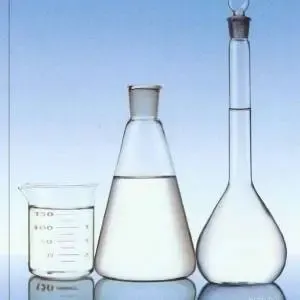
Commitment to Quality, Reliability, and Support
As a trusted supplier of Fenil diclorofosfato, our commitment extends beyond merely providing a chemical compound. We adhere to the highest standards of quality, reliability, and customer support, ensuring peace of mind for our partners.
Authoritative Standards and Certifications:
Our manufacturing processes are certified under internationally recognized quality management systems, including ISO 9001:2015, ensuring consistent product quality and continuous improvement. We also adhere to environmental management standards such as ISO 14001, reflecting our commitment to sustainable practices. Our products comply with relevant regional and global chemical regulations, including REACH (Registration, Evaluation, Authorisation and Restriction of Chemicals) for the European market, demonstrating our dedication to product stewardship and safety. Long-standing partnerships with leading chemical companies globally are testament to our consistent performance and reliability over many years of service.
Lead Time and Fulfillment:
We maintain robust supply chain logistics and inventory management to ensure prompt delivery. Standard lead times for Fenil diclorofosfato typically range from 7 to 14 business days, depending on order volume and destination. Expedited shipping options are available for urgent requirements, backed by efficient customs clearance procedures for international shipments.
Warranty and After-Sales Support:
We stand by the quality of our Fenil diclorofosfato. Our products are guaranteed to meet or exceed the stated specifications as per the Certificate of Analysis (CoA) provided with each batch. In the unlikely event of a product discrepancy, our warranty commitment ensures prompt investigation and resolution. Our dedicated after-sales support team comprises experienced technical specialists ready to assist with product handling, application guidance, and troubleshooting, providing unparalleled client experience.
Frequently Asked Questions (FAQ)
- Q1: What is the primary role of Fenil diclorofosfato in industrial applications?
- A1: It primarily serves as a versatile chemical intermediate, crucial for the synthesis of organophosphorus flame retardants, plasticizers, and various specialty chemicals in the pharmaceutical and agrochemical sectors.
- Q2: What are the typical purity levels offered for Fenil diclorofosfato?
- A2: Standard purity is typically ≥ 99.0%, with ultra-high purity grades (≥ 99.5%) available for sensitive applications requiring minimal impurities.
- Q3: Is Fenil diclorofosfato regulated for environmental safety?
- A3: Yes, as a chemical substance, it is subject to various international and regional chemical regulations such as REACH, ensuring safe handling, use, and environmental responsibility throughout its lifecycle.
- Q4: How should Fenil diclorofosfato be stored to ensure its stability?
- A4: It should be stored in tightly sealed container111s, in a cool, dry, and well-ventilated area, away from direct sunlight and sources of moisture to prevent hydrolysis and maintain its shelf life, typically 12-24 months.
Conclusion
Fenil diclorofosfato is a cornerstone in modern chemical synthesis, offering unparalleled versatility and performance across critical industrial sectors. Its application in advanced flame retardants, high-performance plasticizers, and complex pharmaceutical intermediates underscores its significance. With a focus on stringent quality control, customized solutions, and robust technical support, leading manufacturers ensure the consistent delivery of a product that meets the evolving demands of a global market, driving innovation and efficiency for B2B clients worldwide.
References
- Smith, J. G. (2018). Organophosphorus Chemistry in Modern Synthesis. Royal Society of Chemistry.
- National Institute of Standards and Technology (NIST) Chemistry WebBook. Phenyl Dichlorophosphate (770-12-7). Retrieved from nist.gov.
- European Chemicals Agency (ECHA). Substance Information on Phenyl Dichlorophosphate. Retrieved from echa.europa.eu.
- Polymer Flame Retardants: Mechanism and Applications. (2020). Society of Plastics Engineers (SPE).
- Green Chemistry: Theory and Practice. (2019). Oxford University Press.
Post time: Ago . 29, 2025 07:00
Questo è il primo articolo



